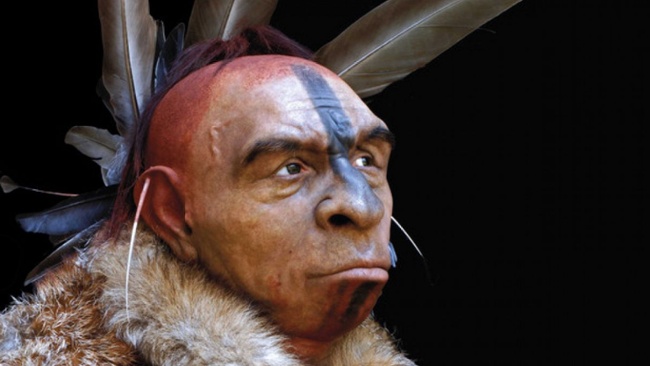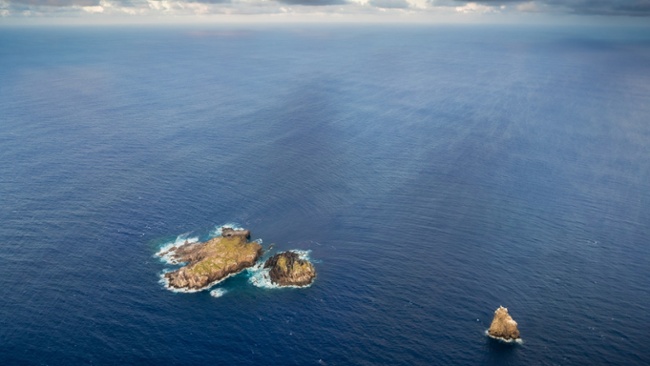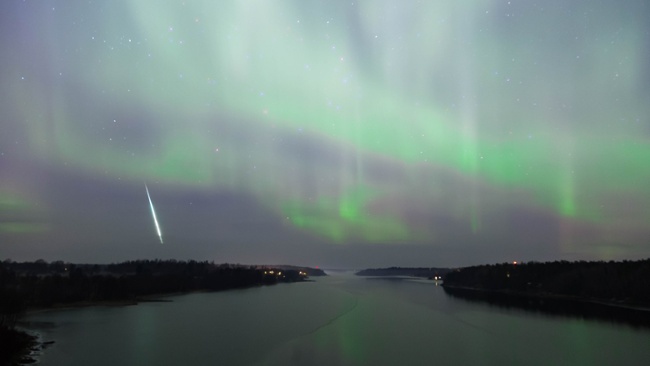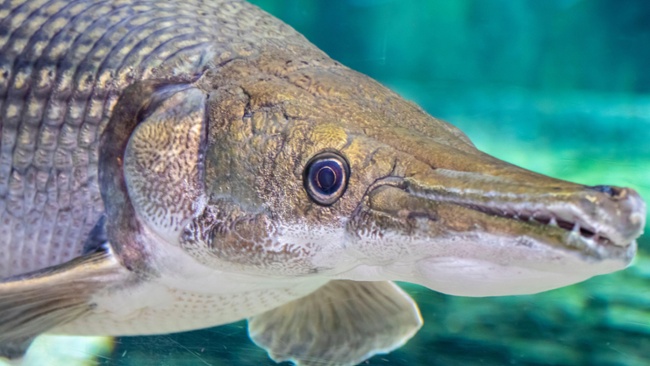"Did we kill the Neanderthals? New research may finally answer an age-old question."
Views expressed in this science and technology update are those of the reporters and correspondents. Accessed on 07 October 2024, 1412 UTC.
Content and Source: https://www.livescience.com
Please check link or scroll down to read your selections. Thanks for joining us today.
Russ Roberts (https://hawaiisciencejournal.blogspot.com).
| ||||||||||||||||||||||||||||||||||||||||||||||||||||||||||||||||||||||||||||||||||||||||||||
|








No comments:
Post a Comment
Welcome to "Hawaii Science Journal". Here you'll find the latest stories from science, technology, medicine, and the environment.